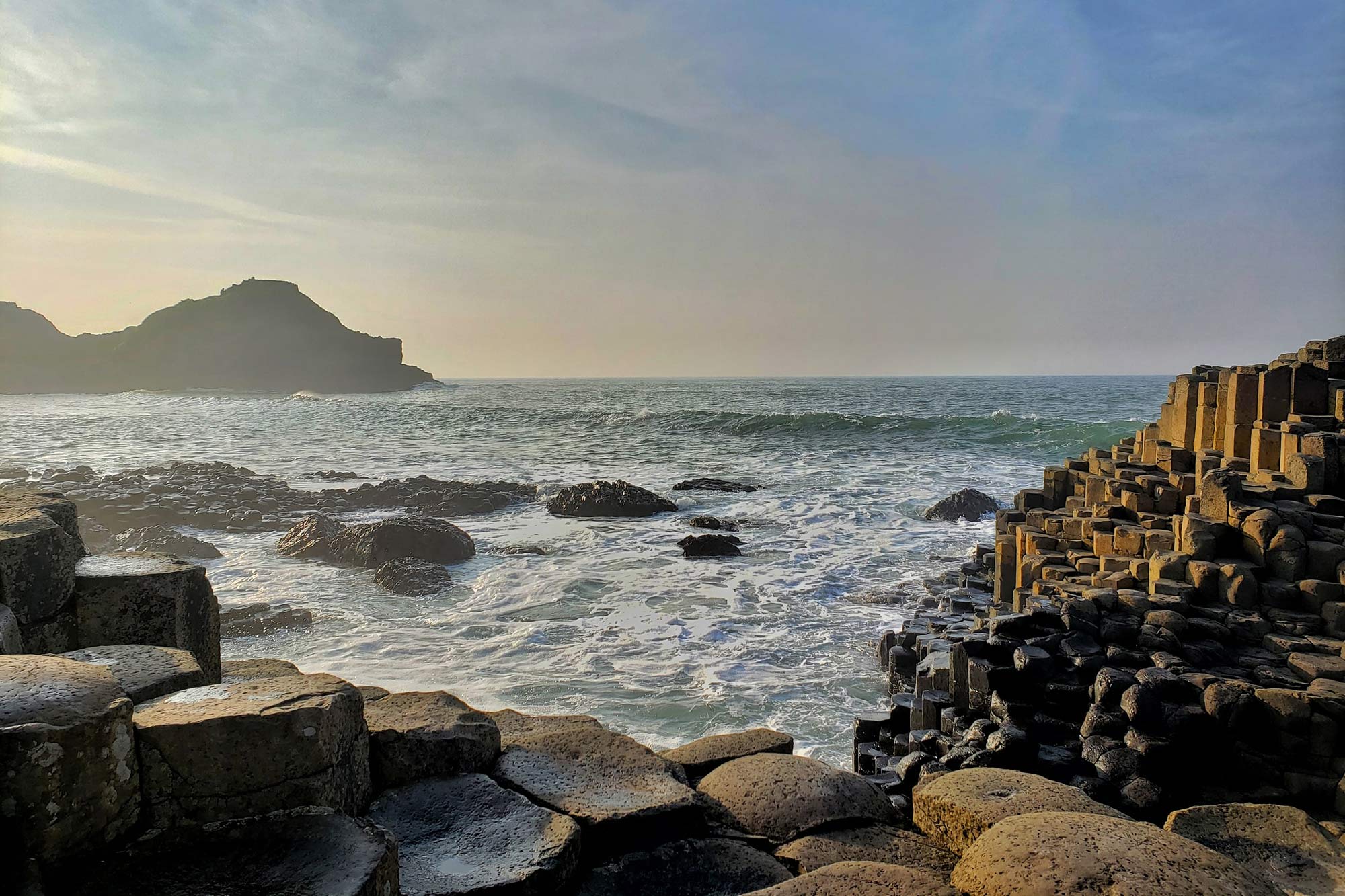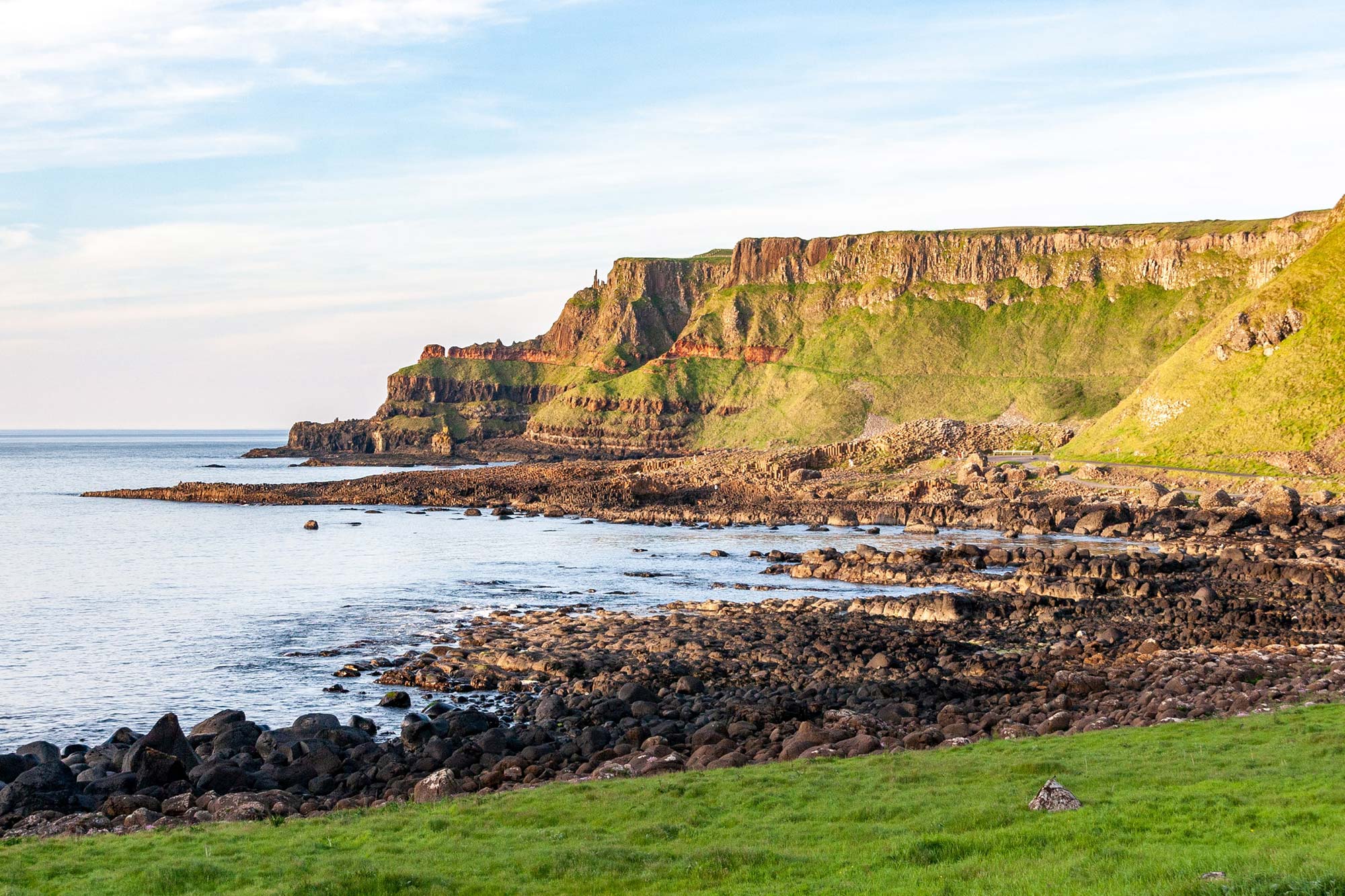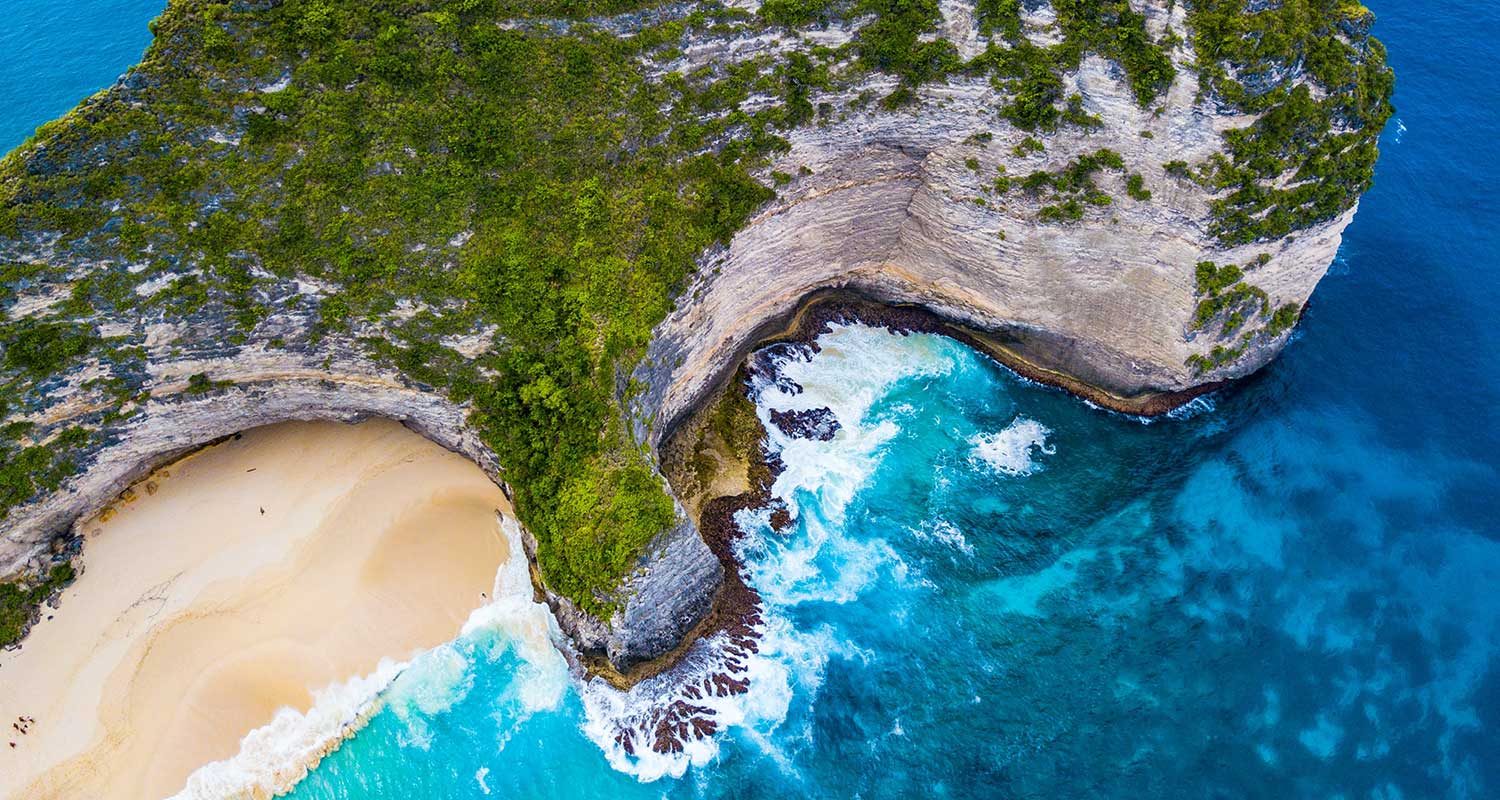
Twelve unique beaches from around the world
These 12 beaches inspire with their unique nature.
22 September 2021
From beaches of vibrant colors to rock formations and natural light displays, the beaches of this world offer an incredible wealth of beauty and fascination. Some of them are even still considered insider tips. See for yourself!
1. Praia As Catedrais, Spain
Praia As Catedrais is located on the northwest coast of Spain in the municipality of Ribadeo. This is one of the most extraordinary beaches in Spain because of the rock formations created by surging waves. The landscape is dominated by rock arches and caves and is reminiscent of a huge nave. The beach is completely submerged at high tide and is unfortunately not suitable for swimming due to the strong current, but nevertheless beautiful.
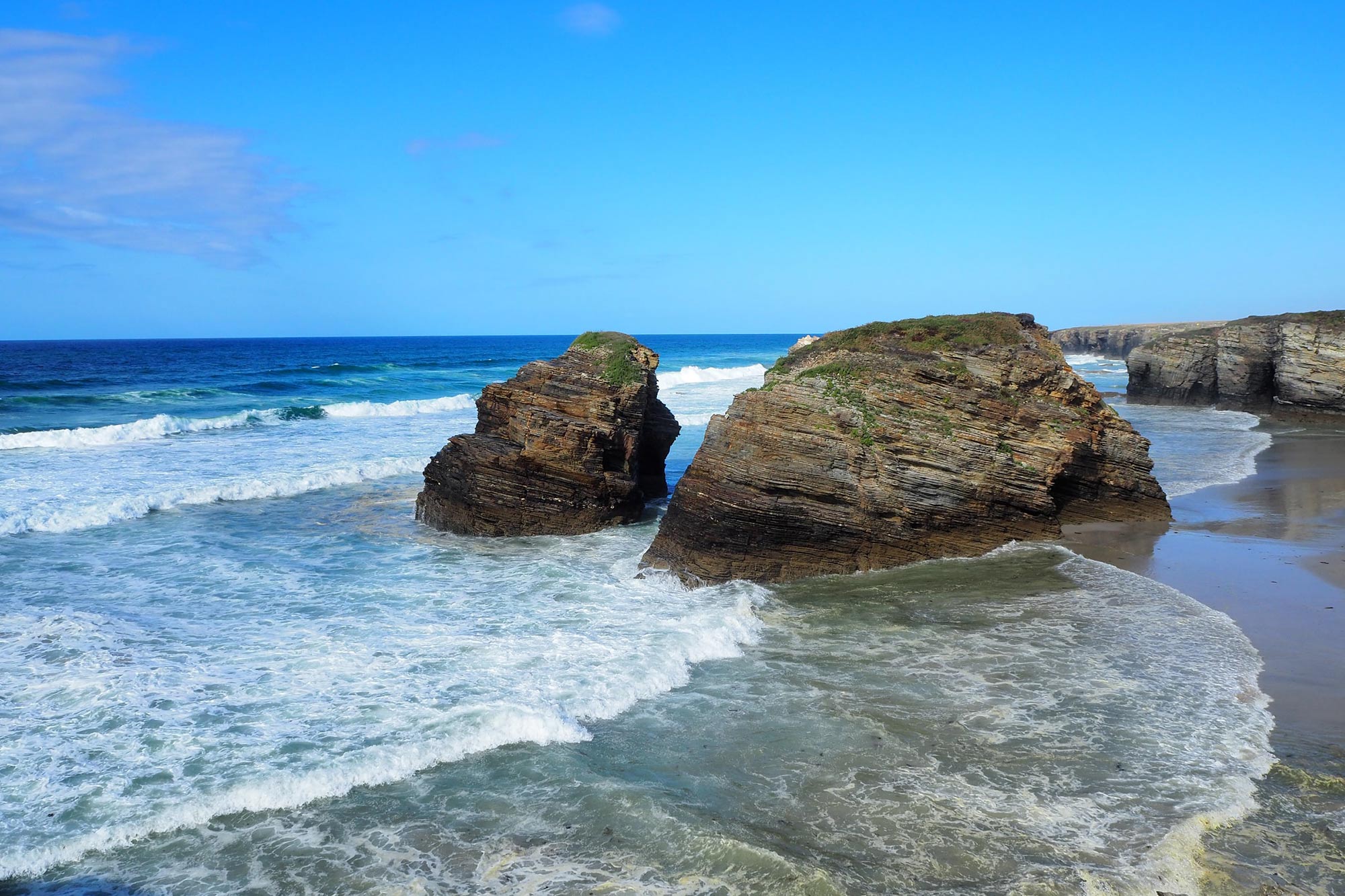
2. pink sands beach, bahamas
The Pink Sands Beach can be found in the Bahamas. The vibrant color is due to the corals from surrounding reefs. The remnants of the red coral mix with the white beach, turning the sand a soft pink. The water is not only beautiful to look at, but is also excellent for swimming due to the low wave occurrence.
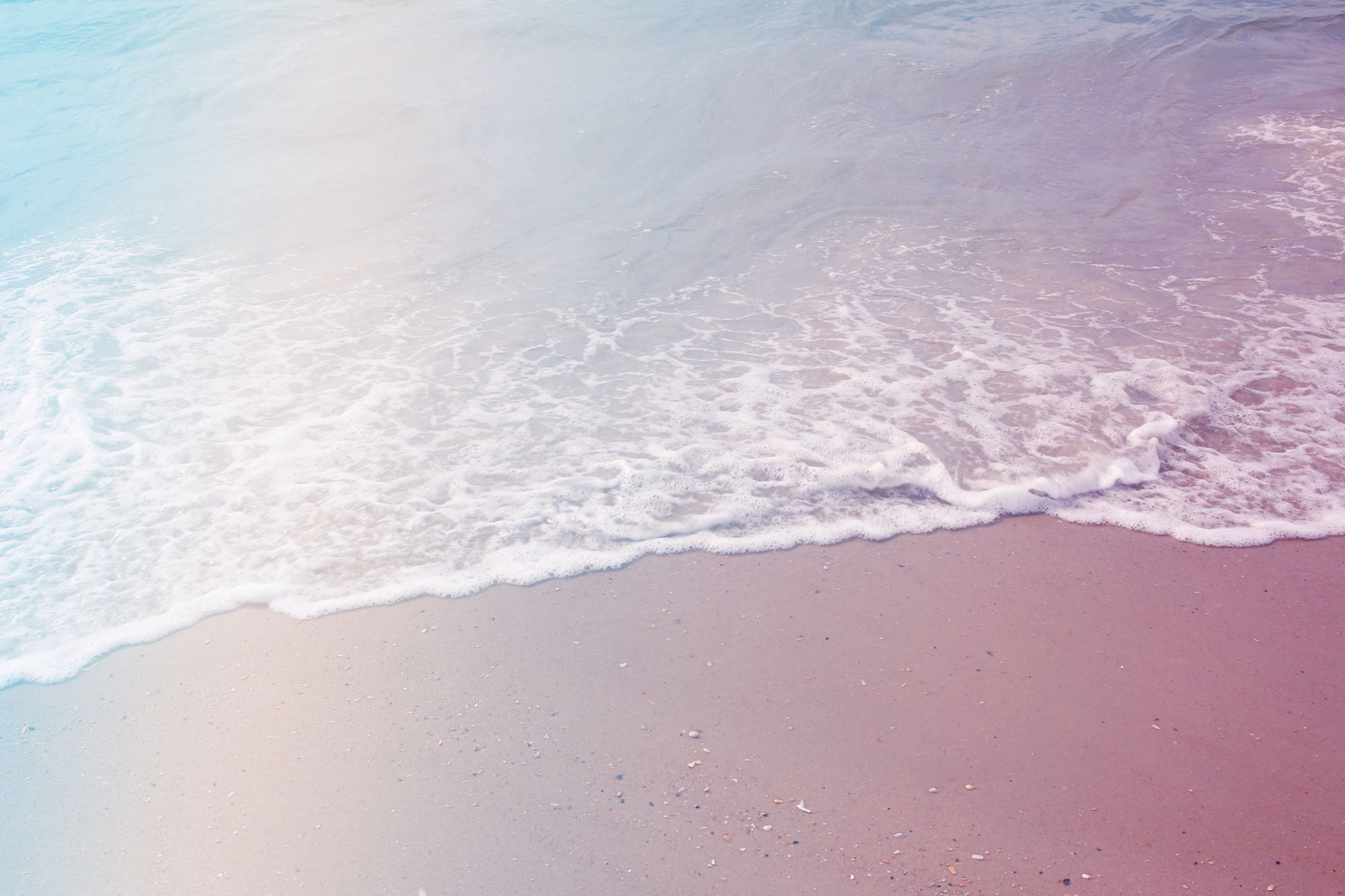
3. playa de Ajuy, Fuerteventura
Playa de Ajuy is characterised by fine black lava sand and captivating cliffs. There are also numerous caves. The beach invites you to swim and enjoy the nearby restaurants. Here you also don't have to worry about parking fees, because there is free parking nearby.
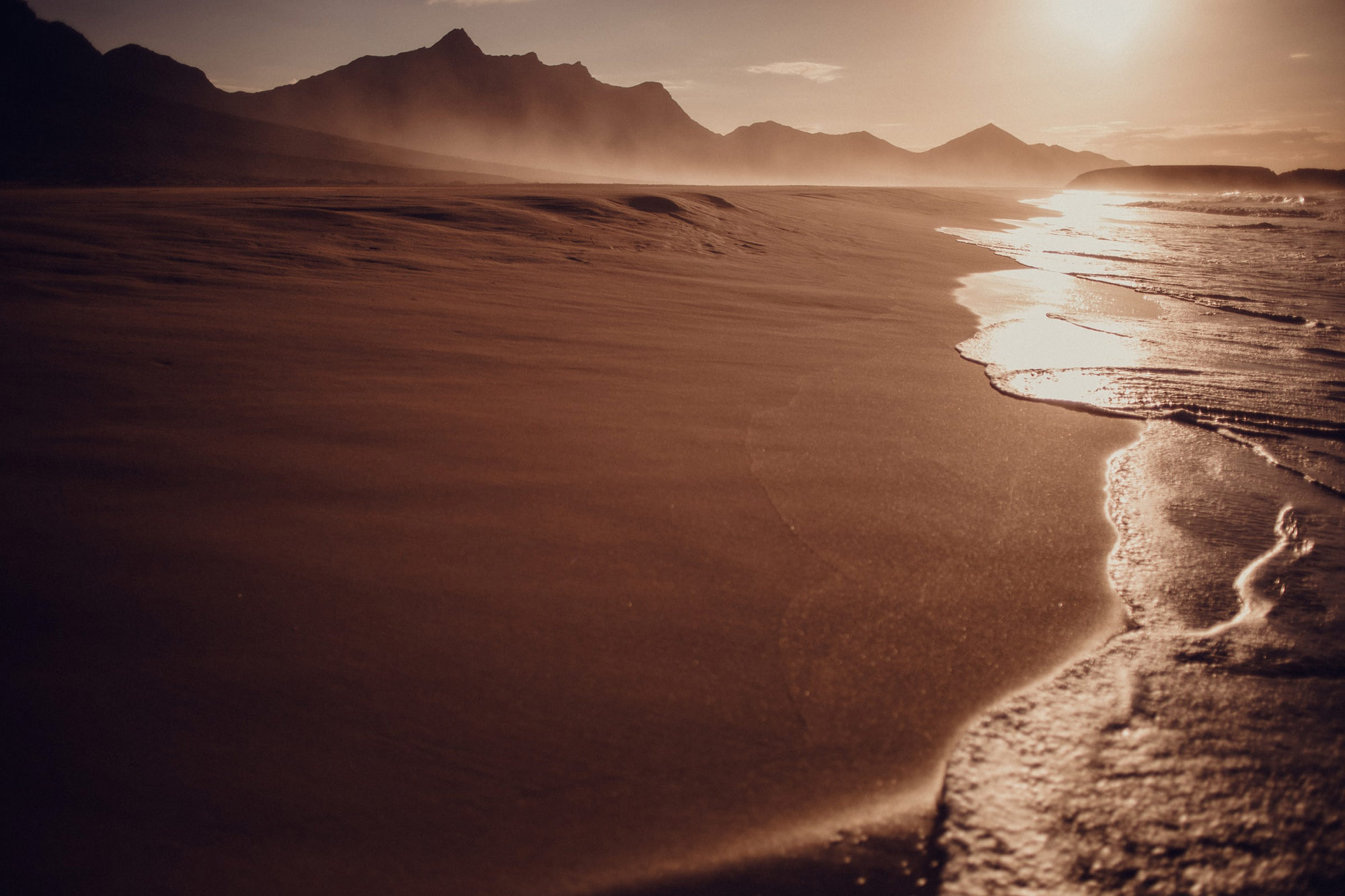
4. Jökulsárlón beach, Iceland
Jökulsárlón is one of the many beaches in Iceland. No matter when you visit it, it will always surprise you with new sides of its beauty. The section to the south is also known as Diamond Beach. The sand of Jökulsárlón beach is also deep black. In the cold season, the place enchants with many small icebergs.
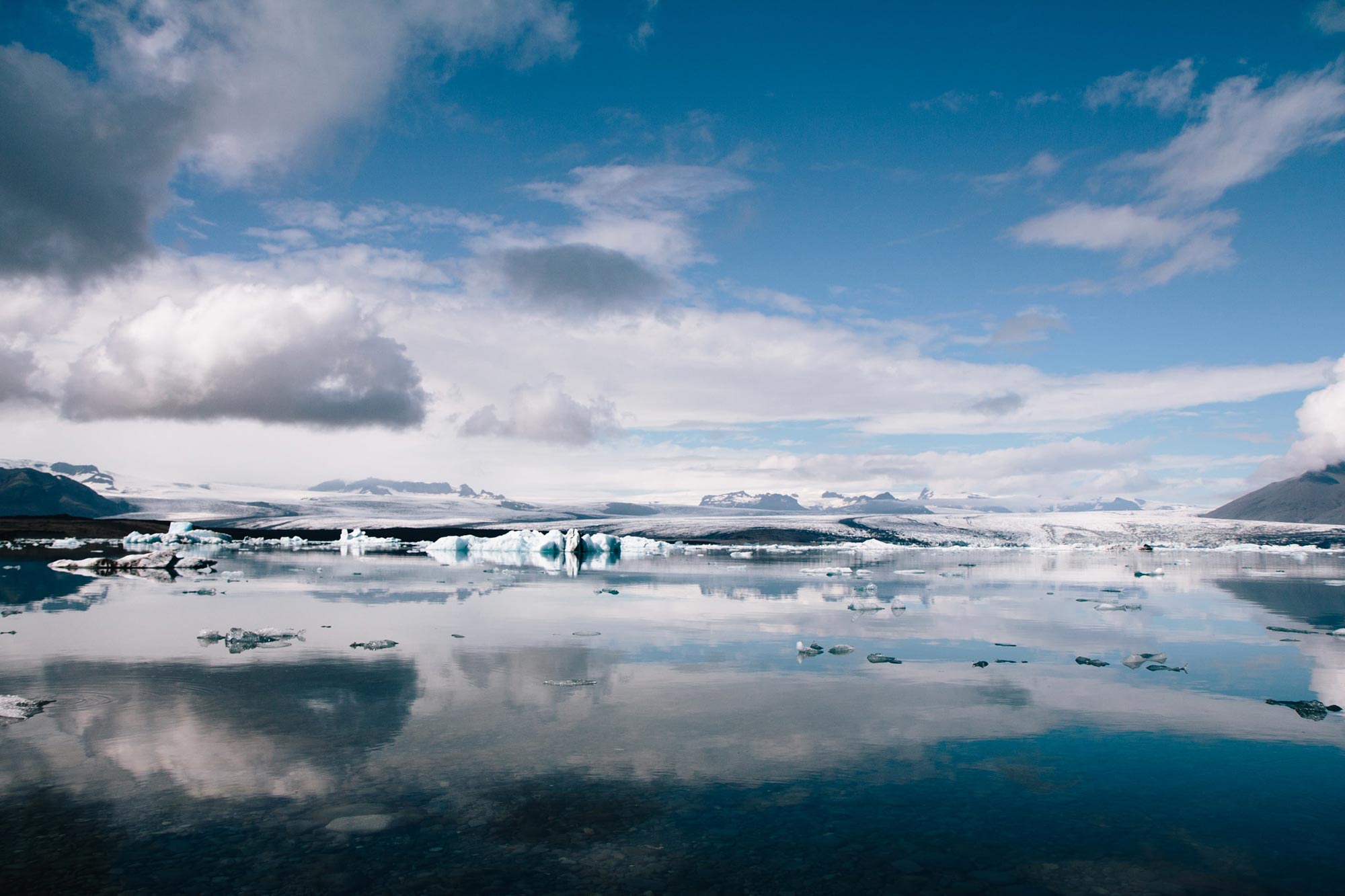
5. Papakōlea Beach, Hawaii
Hawaii is one of the rare places where you can experience beaches with green sand. The color comes from the mineral olivine, which is dissolved from lava rock by the surf. Hiking enthusiasts should be delighted to explore, as the beach is only accessible via a three-kilometer hiking trail.
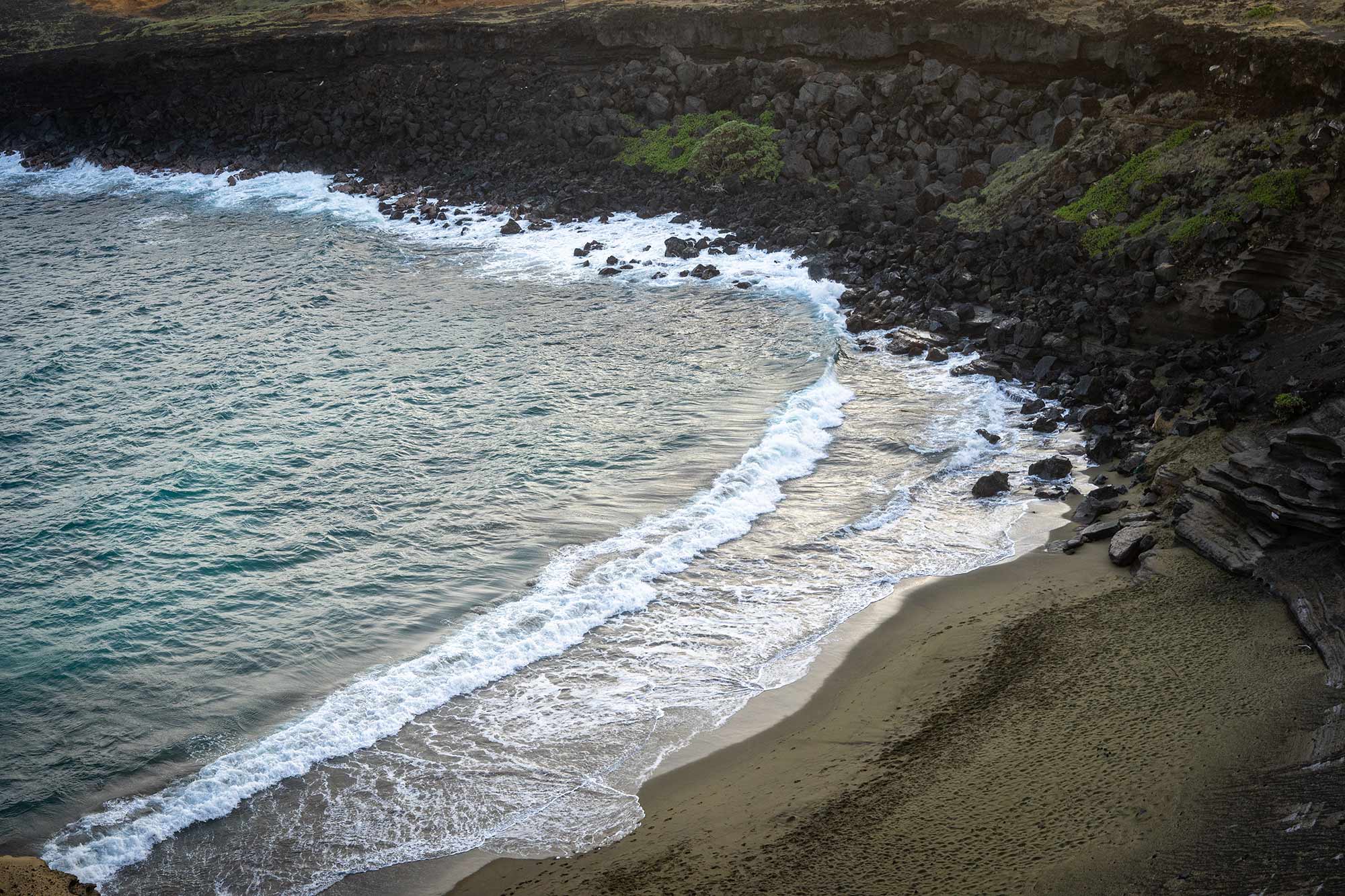
6. Kelingking Beach, Indonesia
Kelingking Beach is a secluded beach with white sand and turquoise water. From Sanur beach resort to Nusa Penida, it takes about 35 minutes by speedboat. The immaculate, bright sandy beach wants to be conquered first, because to reach the destination, a steep and shaky descent on the rocks is necessary.
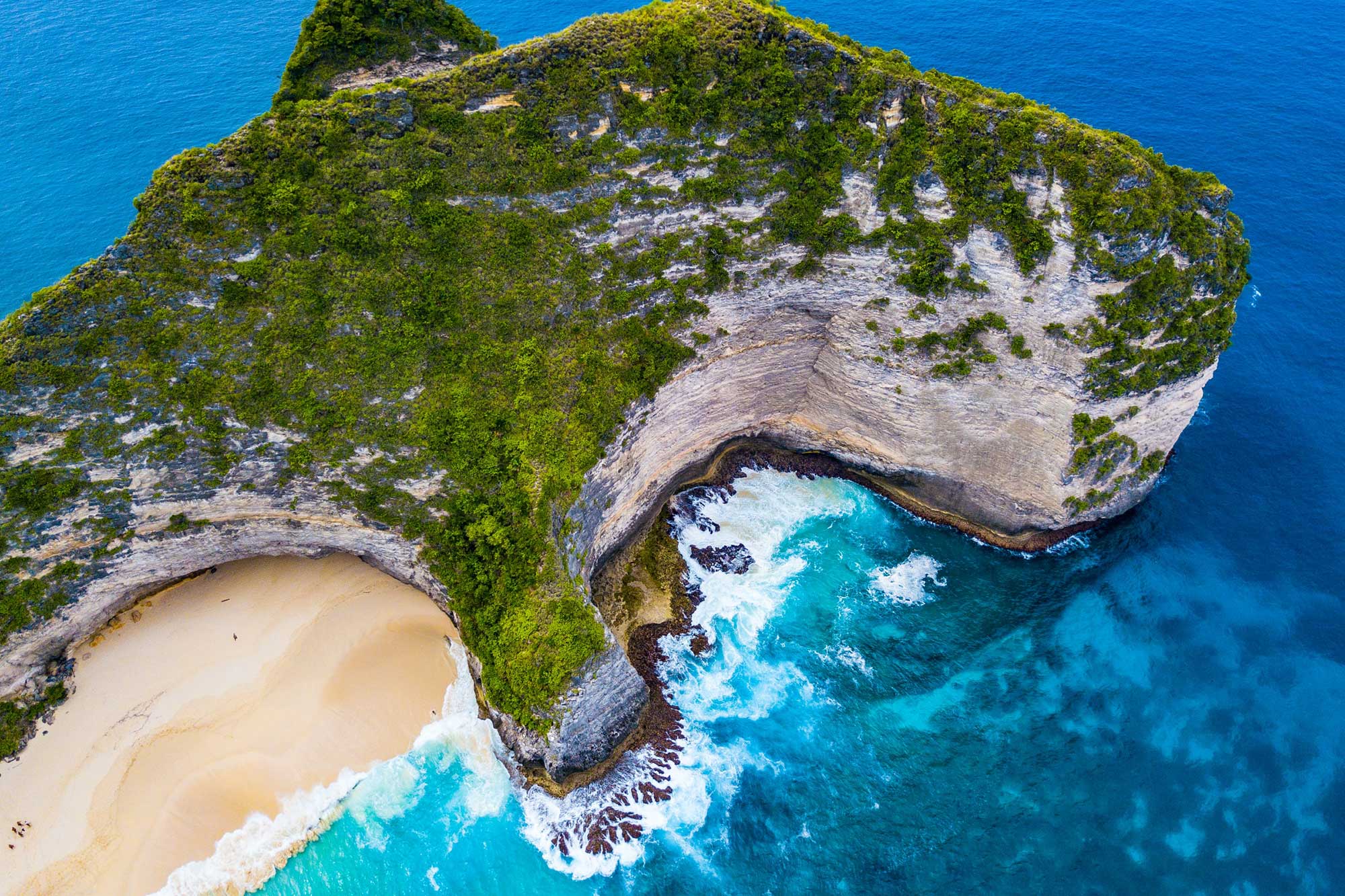
7. Praia de Benagil, Portugal
Praia de Benagil is located in the south of Portugal in an exceptional location. More precisely, in a sea cave, which can be reached on foot at low tide. The opening in the ceiling fills the cave with light, creating a great atmosphere, especially at sunset.
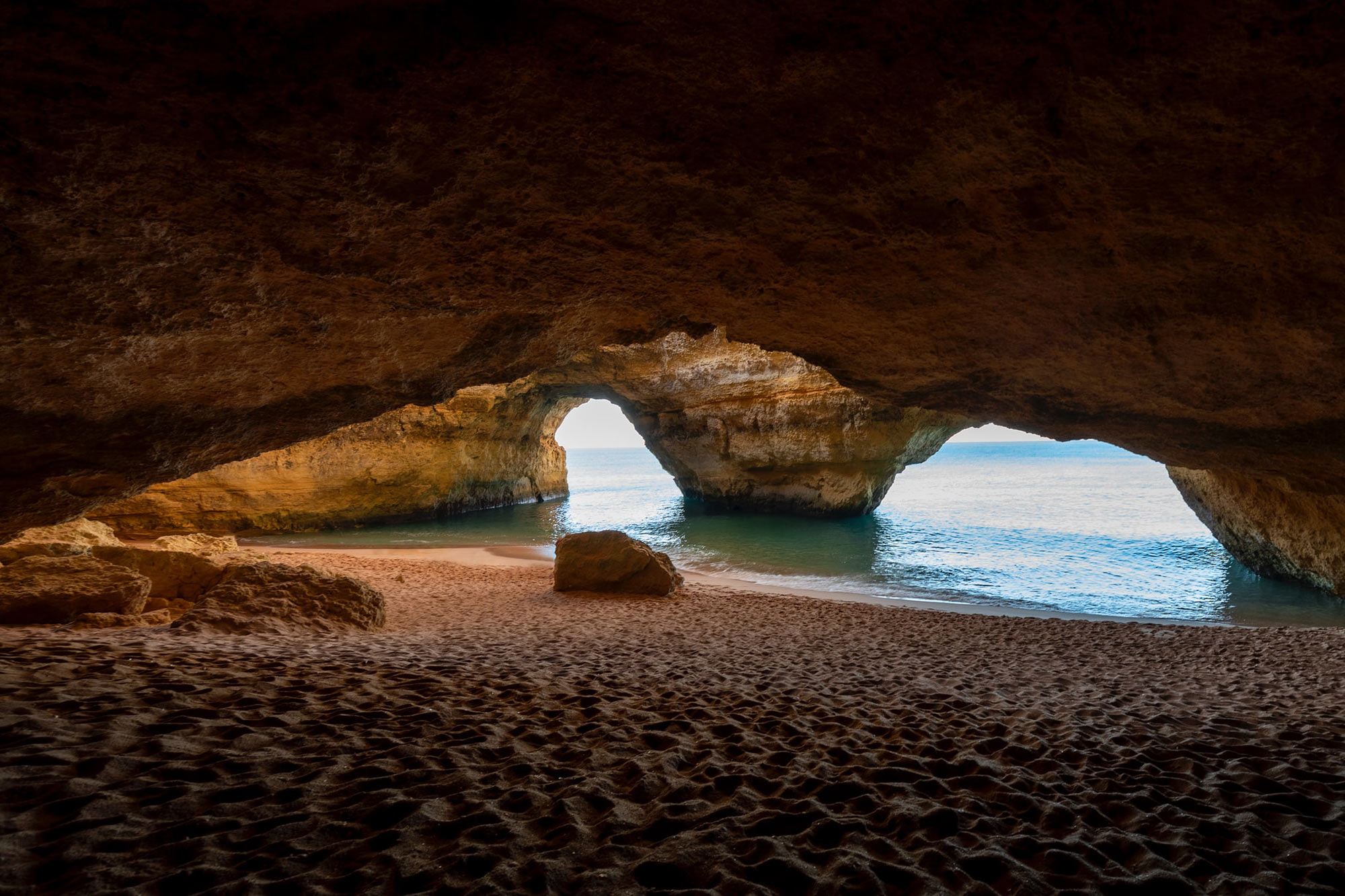
8. Zlatni Rat, Croatia
Zlatni Rat beach is located near the coastal town of Bol on the south coast of the island of Brac. The beach is also called "Golden Horn" because of its pointed shape. Surrounded by clear, blue water and pine forests, the resort invites you to relax. When the sea current changes, the shape of the point also changes, making the beach a fascinating display.
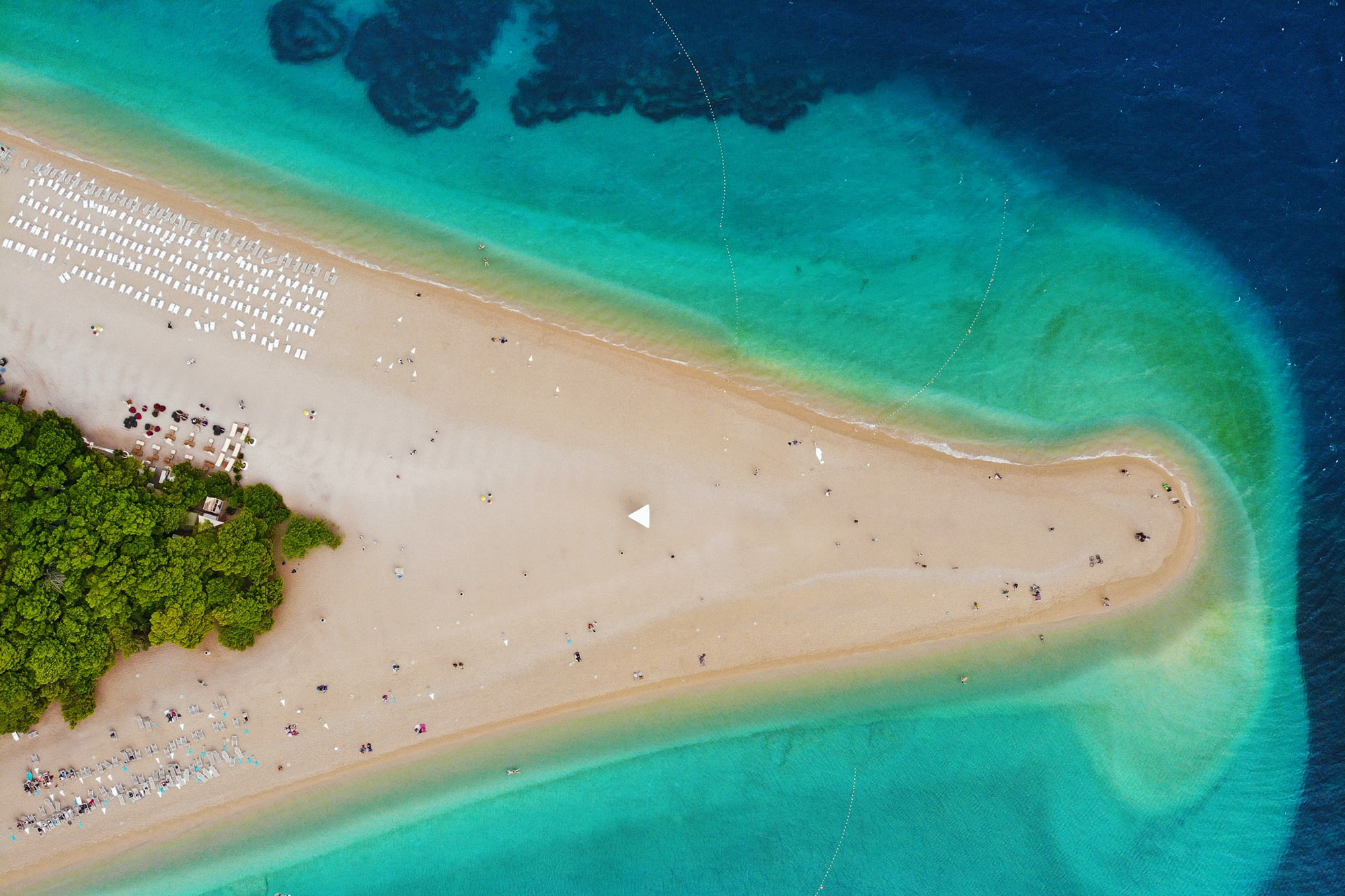
9. shell beach, australia
Shell Beach, at the famous Shark Bay in Australia, is definitely a place for beach lovers. The special feature here are millions of shells. These were washed up by powerful tides over 6000 years. Meanwhile, the shells form a layer up to ten meters thick.
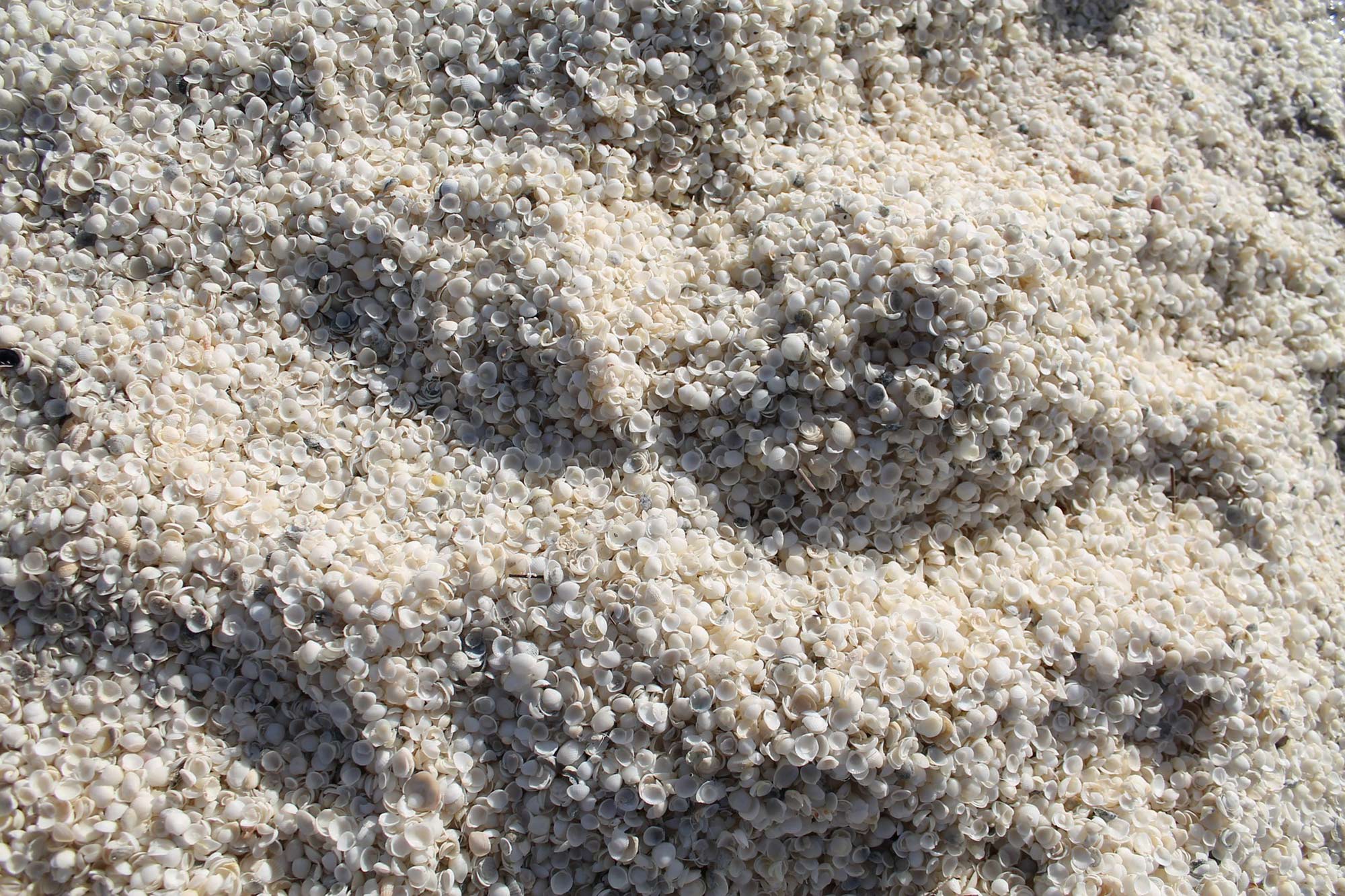
10. Scala dei Turchi, Italy
This stepped natural wonder is located in Italy in the south of Sicily. The rock formation consists of sedimentary rock and has a bright white color that harmonizes perfectly with the blue sea and the ocher-colored beach.
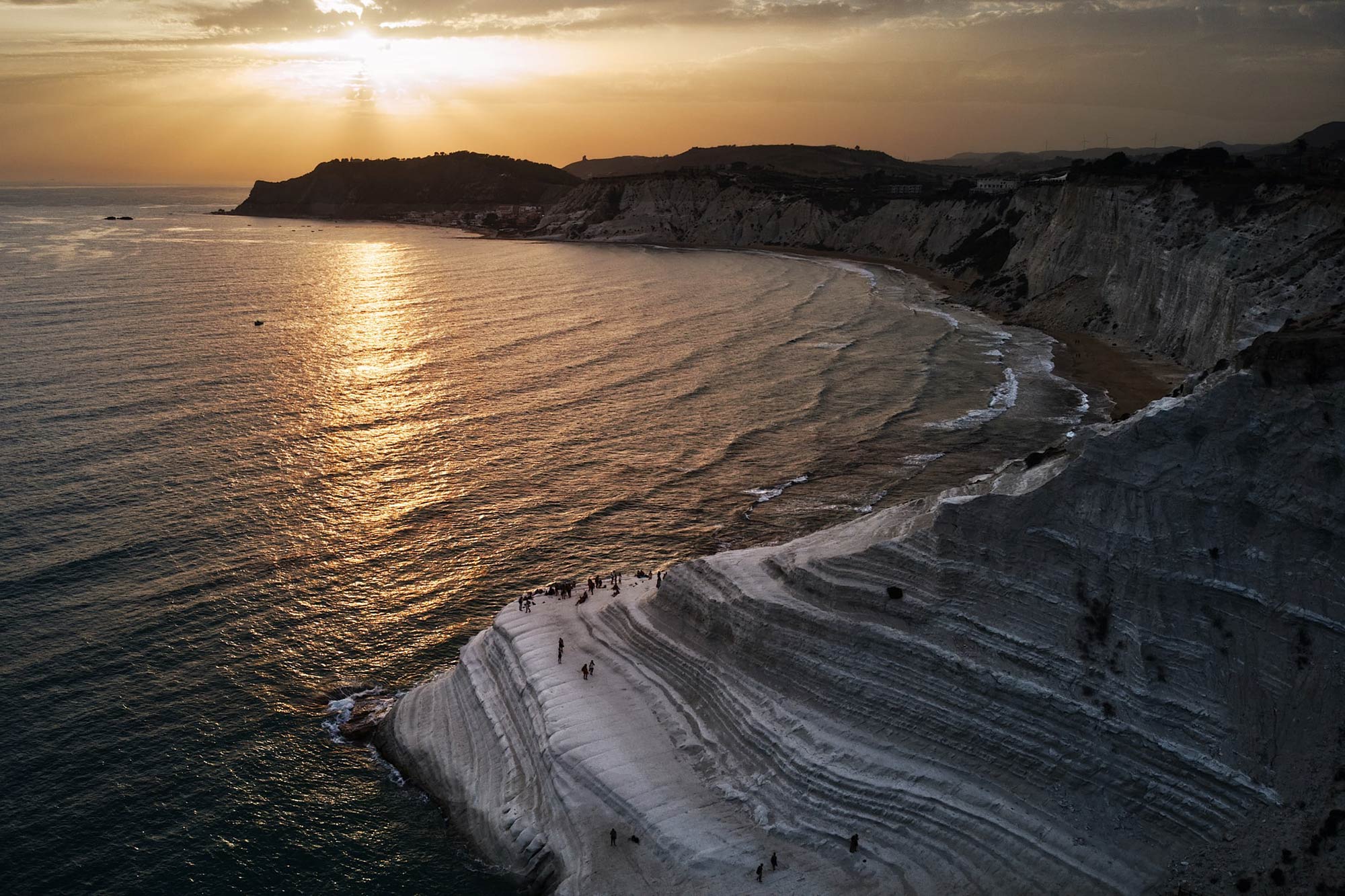
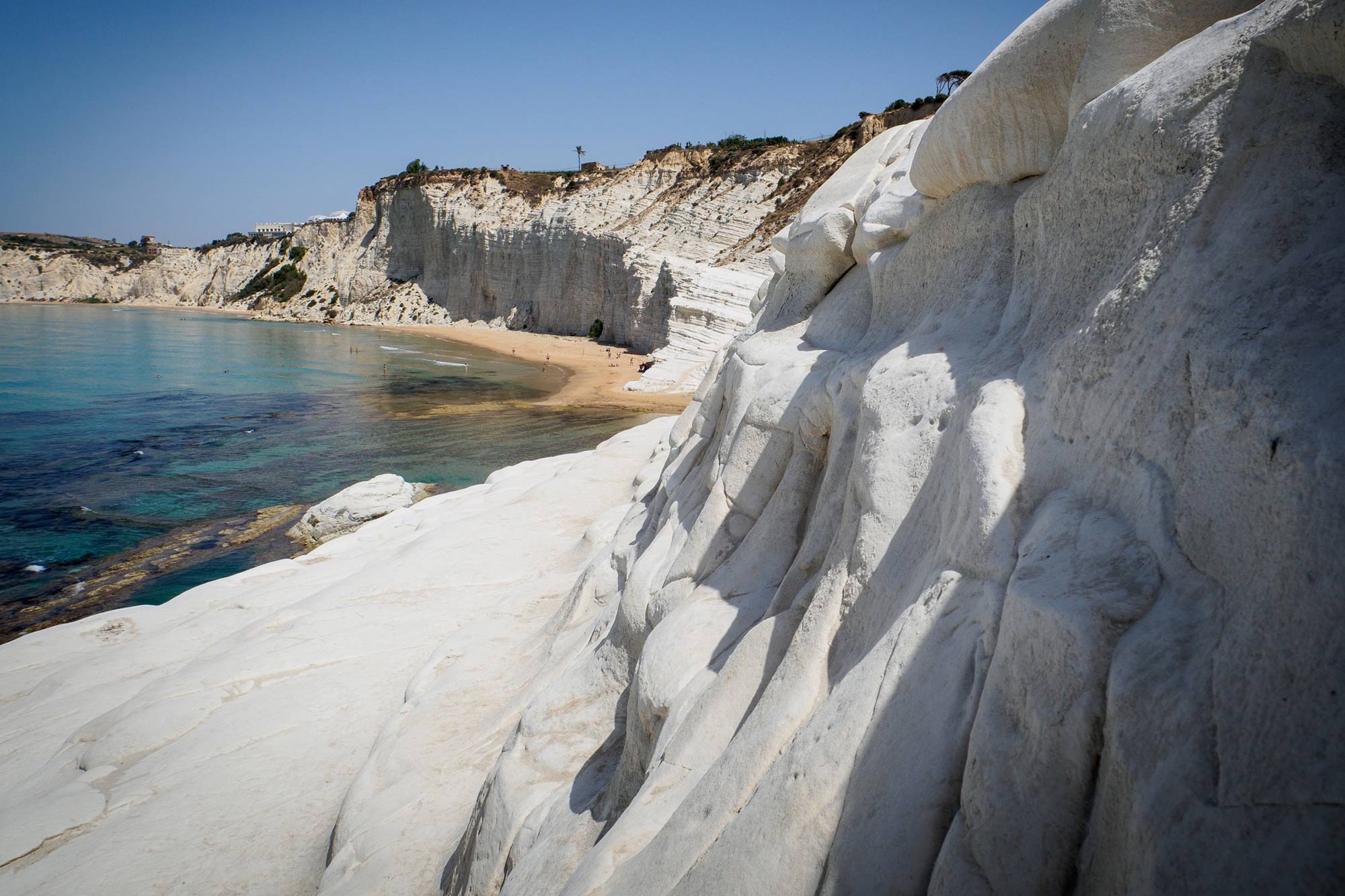
11. Skagsanden Beach, Norway
Skagsanden Beach in Flakstad is not what you expect when you think of beaches. But the black sand, the rough rocks and the dark mountains give the place mystical beauty. The mountains are mirrored by the flat beaches, creating beautiful patterns. The northern exposure also gives a breathtaking view of the famous Northern Lights at night.
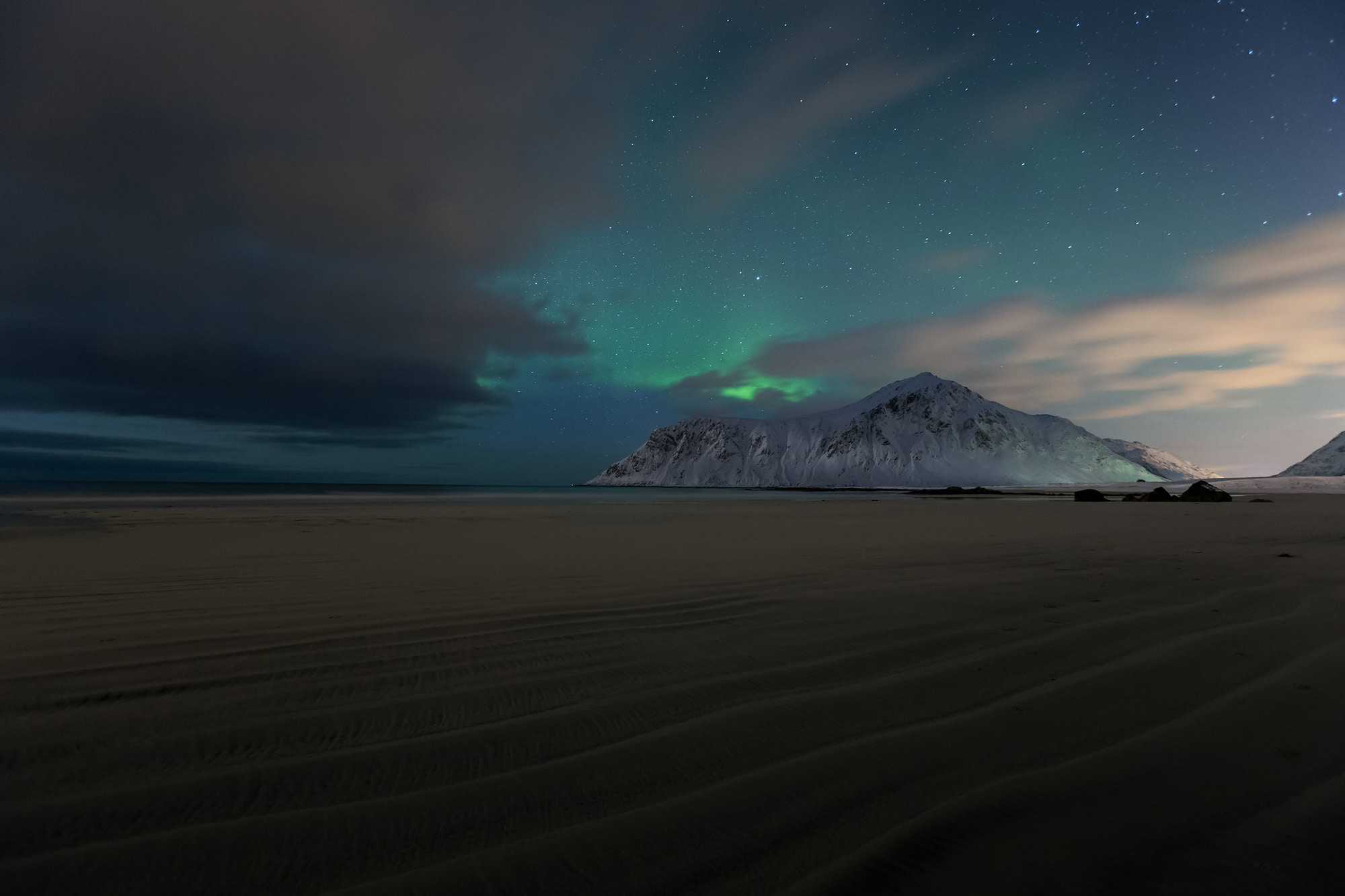
12. Giant's Causeway, Northern Ireland
Almost 60 million years ago, this natural wonder in Northern Ireland was formed by volcanic activity. The basalt columns have a hexagonal shape and a very smooth surface, which makes them look almost unnatural. The natural spectacle is longer than five kilometers and reaches directly at the bottom of the sea even to Scotland.
